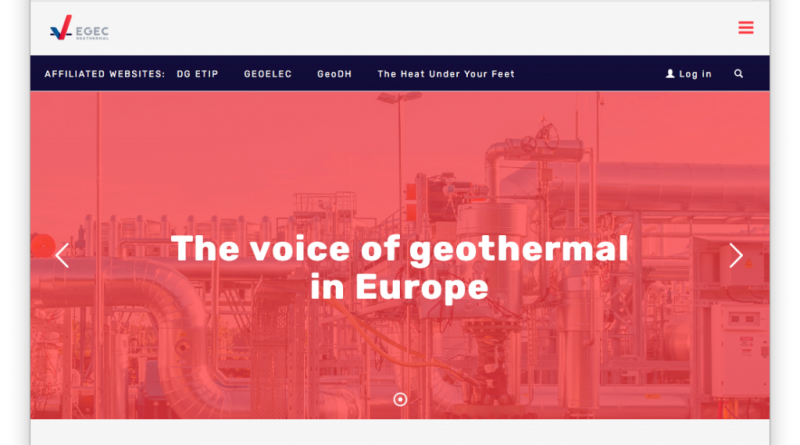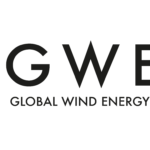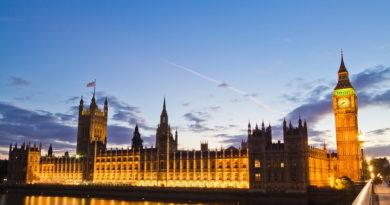EGEC – 2020 so far and what it means for EU energy & climate policy
Energy Disrupter
Climate initiatives in the EU as part of answering the COVID-19 situation clearly have got a front row seat, but how do these initiatives effect geothermal and its role for Europe are part of this perspective piece by EGEC.
In a first post in a series of articles providing a perspective, the European Geothermal Energy Council (EGEC) looks at the covid-19 pandemic, how quickly it changed things and how it makes us feel that nearly a decade has passed only in the first 6 months of the year.
The first semester has seen a haltering of the global economy. The COVID-19 pandemic combined with melting Siberian permafrost and heatwaves in the Arctic Circle continue to reshape our lives. They are both part of the same systemic problem – the inability for our energy systems and economic models to operate within finite planetary boundaries. This has to change immediately. There are only two optimal actions to address this – the first is to stop putting CO2e into the atmosphere from the energy system, which still accounts for 75% of the EU’s climate pollution. The second is to accelerate the energy transition to renewable heating, cooling and electricity with local jobs creation and economic development. This is a long way from the policy noise surrounding the EU Green Deal.
Covid-19 highlighted the importance of a resilient energy system and that conventional definitions of infrastructure are no longer relevant. Confinement to homes meant that households became part of the EU’s energy infrastructure. The Commission’s inability to include the changed paradigms during its consultation on energy systems and Trans-European Networks for Energy indicates that it is still shackled to solving the past than preparing for the future.
In the last mandate, there was clear recognition that the energy system needed transformative change to solve the climate crisis. The Junker mandate championed the Energy Union. The narrative was transparent and appropriate – putting consumers at the heart of energy market; improving security of supply; enhancing efforts on research & innovation, strengthening energy efficiency and renewable energy targets as well as making the EU the global leader in renewable energy. The Energy Union was a very powerful concept bringing together all the different streams of the EU energy and climate policy. Legislation did not live up to this mantra. In fact, both renewables and energy efficiency targets firstly proposed by the Commission were replaced by much higher targets by governments, EC and MEPs.
The Climate and Energy package for 2030, adopted in 2019, was supposed to have set in stone targets to address the climate crisis. With each passing moment, it becomes clear that these targets were insufficient to deliver zero-carbon by or before 2050. The 2019 UN Emission Gap report stated that at least 7.6% emission reductions per year are required from now on to give humanity a reasonable chance to avoiding the worse of the coming climatic, social, economic and environmental catastrophes. This was the challenge thrown down to the Commission and the EU Green Deal. It was and is vital that all policy initiatives issued by the Commission undergo a climate ‘scrutiny’ to see if they fit into a Paris Agreement-compliant world.
The ‘climate parliament’, which declared a climate emergency in its first sitting after the May 2019 European Parliamentary elections and the new Von der Leyen Commission knew from the outset that they need to deliver transformative change within their mandates.
To read more on what this all means for geothermal and EGEC in the context of the climate initiatives launched in the EU, click the link below.
Source: Philippe Dumas (EGEC Secretary General) & Sanjeev Kumar (EGEC Head of Policy) of EGEC

















